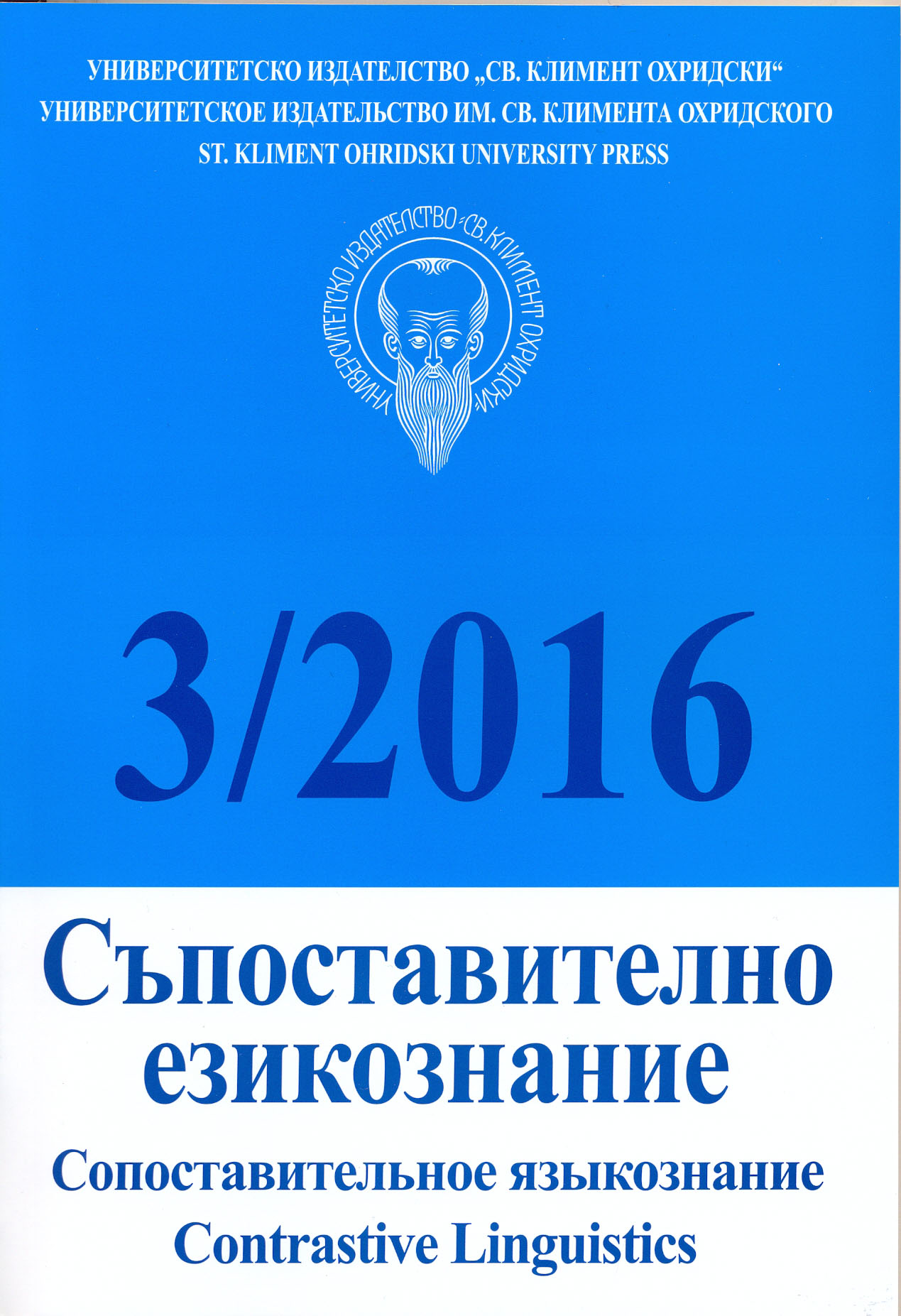Теория морфологических оппозиций и ее применение на славянском языковом материале
Theory of morphological oppositions and its application to data from Slavic languages
Author(s): Ivan KucarovSubject(s): Language studies, Language and Literature Studies, Foreign languages learning, Theoretical Linguistics, Philology, Translation Studies
Published by: Софийски университет »Св. Климент Охридски«
Keywords: morphological categories; grammeme; formal and semantic oppositions; privative oppositions; marked member; unmarked member
Summary/Abstract: In this paper I argue that morphological oppositions can only be both formal and semantic, i.e. they are semantic oppositions expressed by grammatical morphemes in the structure of a language. For instance, plurality ~ non-plurality is a morphological opposition, because the semantic opposition is manifested also in the plane of expression: студентЬІ ~ студент (Bulg. студентИ ~ студент). All the oppositions in two-member morphological categories (MC) are privative as are the main oppositions in multi-member MC. The oppositions between marked members of multi-member MC, as well as the opposition between the marked member and the main meaning of the unmarked member, which is merely semantic (in the above example: plurality ~ singularity), are equipollent.
Journal: Съпоставително езикознание / Сопоставительное языкознание
- Issue Year: 2016
- Issue No: 3
- Page Range: 45-56
- Page Count: 12
- Language: Russian
- Content File-PDF

